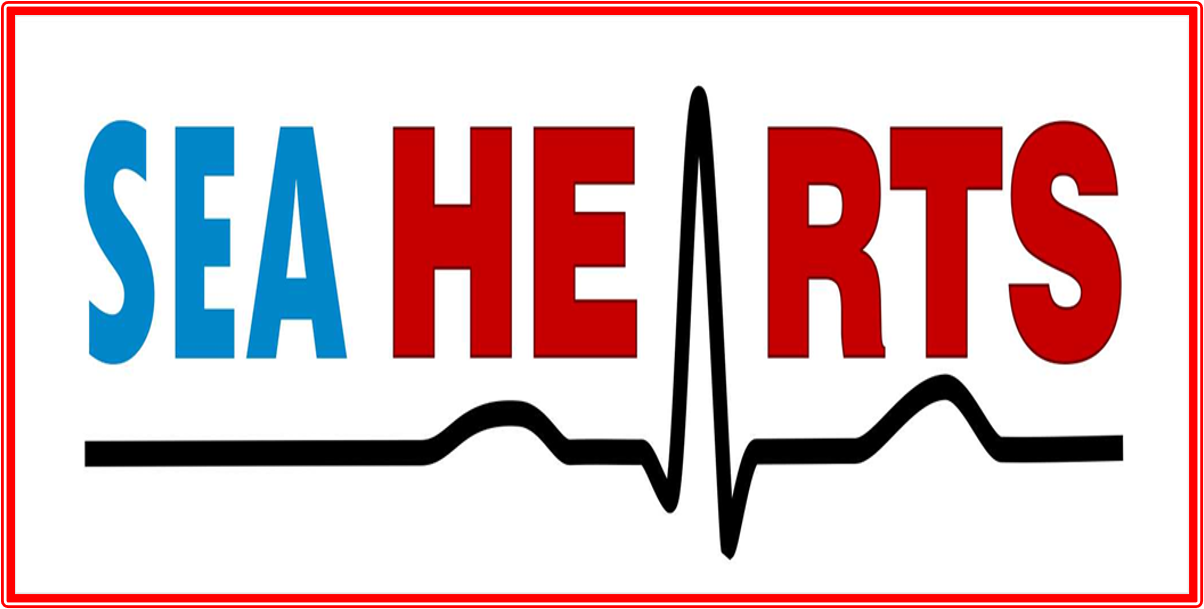
Management of cardiovascular disease
Overview
Cardiovascular diseases (CVDs) are leading cause of premature mortality in the region. CVDs contribute to more than 25% of all deaths in the region. Most common cause of CVD deaths are heart attacks and stroke.
Globalization, urbanization and population aging are major underlying socio-economic forces for the rising burden of CVDs. Behavioral risk factors (tobacco use, alcohol use, consumption of foods high in salt, sugar, trans-fats, physical inactivity) and metabolic risk factors (raised blood pressure, raised blood glucose, raised blood lipids, overweight, obesity) increase the risk of CVDs.
The key to reduction of CVD burden lies in the inclusion of CVD management interventions in universal health coverage packages. Drug treatment of hypertension, diabetes and high blood lipids are necessary to reduce cardiovascular risk and prevent heart attacks and strokes among people with these conditions.
The WHO Package of essential Noncommunicable Disease Interventions for primary health care (PEN Package interventions) and HEARTS technical package provides a strategic approach to improving cardiovascular health.








